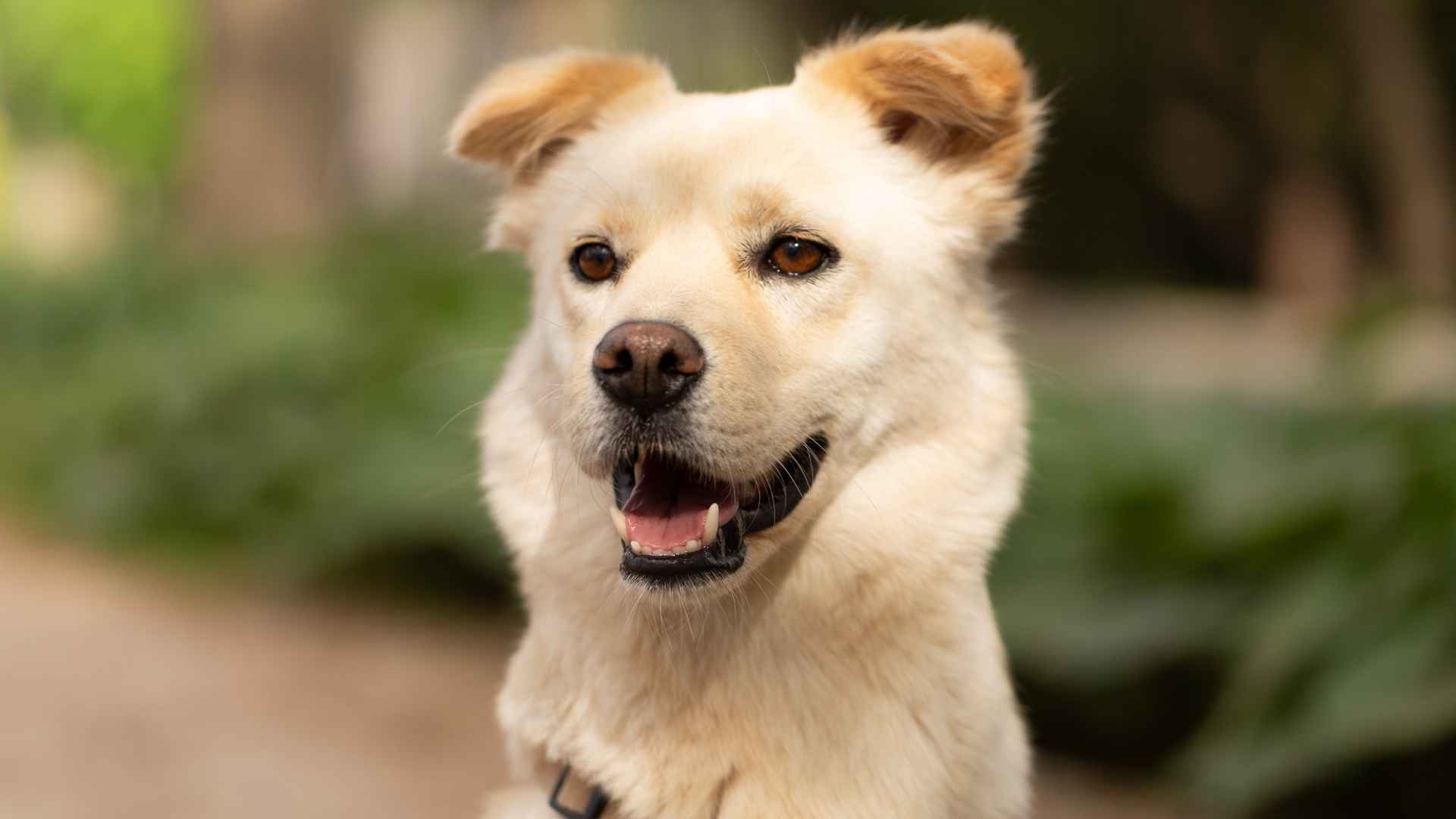Korea is known for K-pop, skincare, and spicy street food. But beyond the glitz lies something truly special—its native dog breeds.
These aren’t just pets; they’re cultural icons. From brave hunters to palace guardians, Korean dogs have been quietly making their mark for centuries.
Yet, most people around the world still don’t know their names. These breeds are loyal, bold, and full of personality. Each one tells a story rooted in Korean history and heart.
If you love discovering hidden gems—especially the furry kind—this journey into Korea’s unique dog world is for you. Get ready to meet some of the most unforgettable dogs you’ve never heard of.
Korean Dog Breeds
1. Korean Jindo
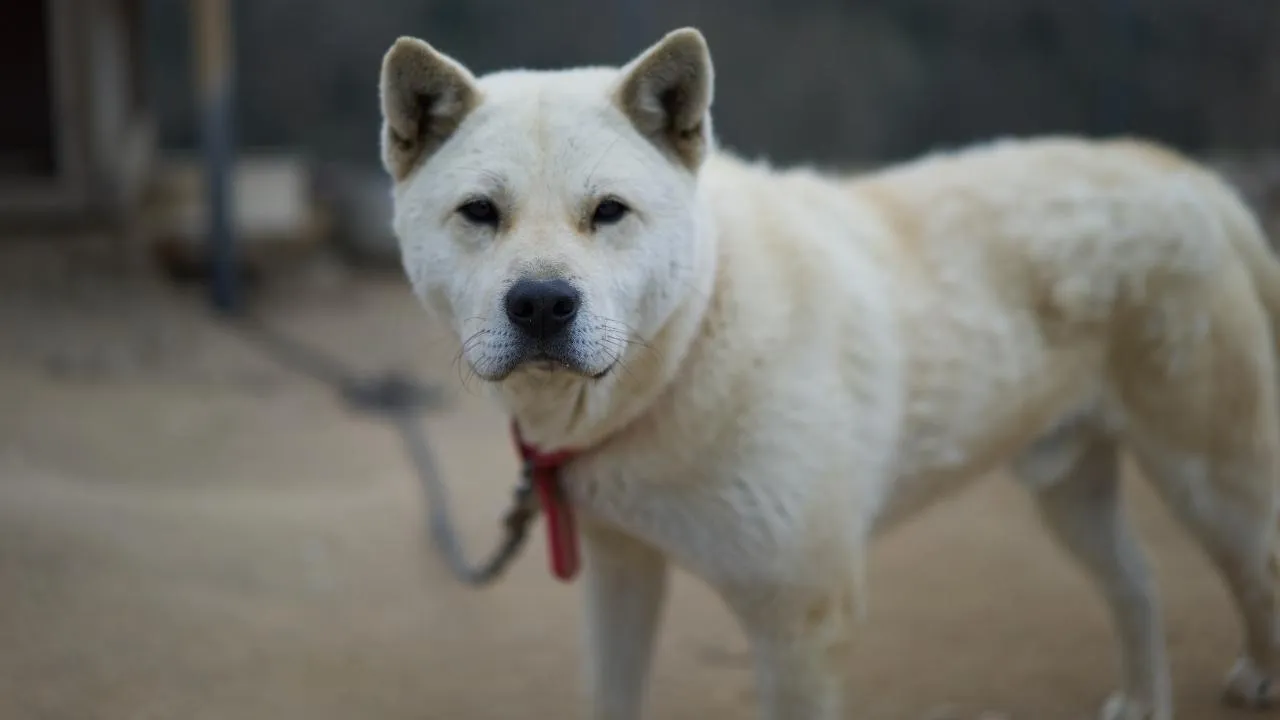
The Jindo dog isn’t your typical eager-to-please companion. Bred for hunting and guarding, it has a sharp instinct for self-reliance, often thinking through situations before reacting.
This independence can be a challenge for first-time dog owners, but it’s also what makes them deeply respectful partners when mutual trust is built.
One-person loyalty, no exceptions
What makes the Jindo dog truly unique is its unwavering bond with a single person. It’s not about treats or tricks — they choose their person and stand by them.
This trait has earned them a reputation for being emotionally intense and unshakably faithful, often forming life-long attachments with their human.
Smart, clean, and easy to maintain
Jindos naturally keep themselves clean, almost cat-like in their grooming, as per AKC. They don’t have a strong odor, and their short double coat only requires weekly brushing.
With a strong sense of routine and spatial awareness, house-training often comes easily — they don’t like to soil their space.
From island roots to national pride
As one of the few native Korean dog breeds, the Jindo has been designated as a national treasure. Originally from Jindo Island, this breed is recognized for its intelligence and reliability — even used as military dogs in Korea for search and guard duties. Their agility and trainability speak for themselves.
2. Pungsan dog
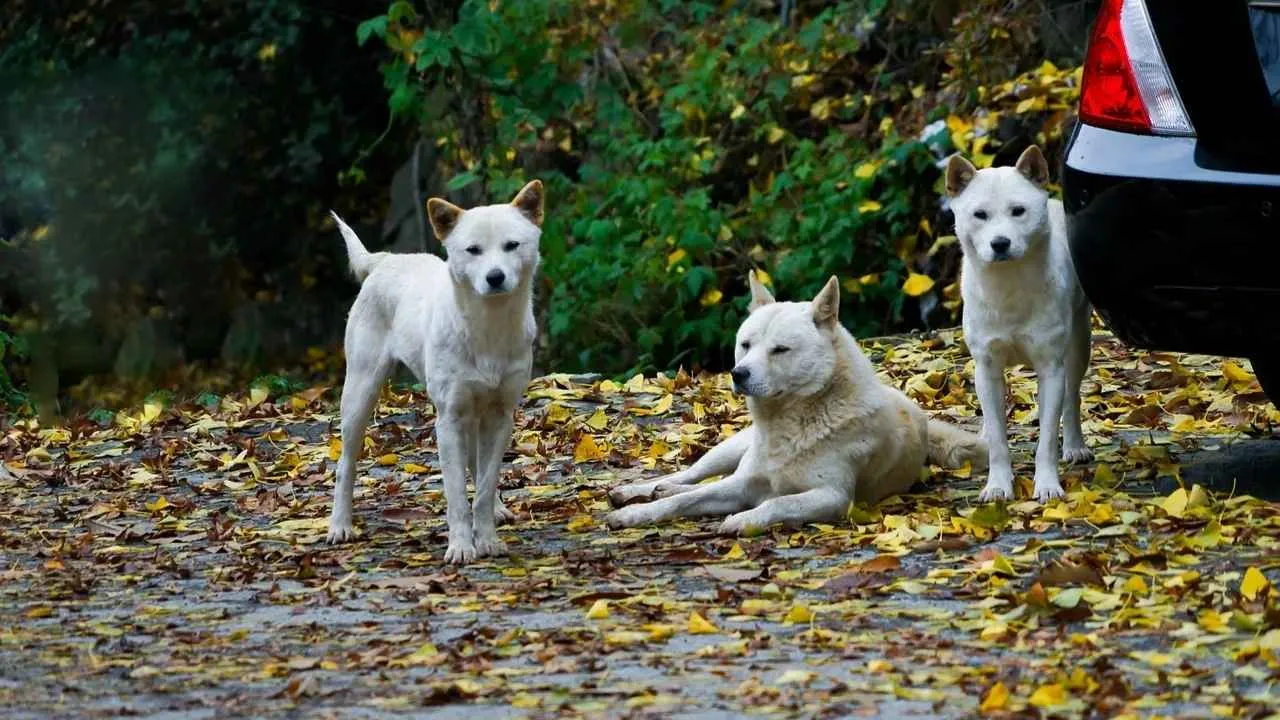
The Pungsan Dog comes from the rugged mountains of North Korea, where it was developed to track and take down large prey like wild boars and tigers.
Its muscular build, powerful jaws, and fearless temperament are a direct reflection of its origins. This is not a lap companion — it’s a true working dog with instincts that run deep.
Independent but not indifferent
Though fiercely independent, the Pungsan forms a tight bond with its primary handler. They’re alert and protective but not aggressive without cause, as per Dog Breed Info Center.
With early socialization and consistent handling, their loyalty and stability shine through, especially in environments where they’re given purpose and space.
Thick-coated and climate-tough
Their dense, weather-resistant coat isn’t just for show. It evolved to withstand extreme winters, allowing the breed to thrive even in sub-zero climates.
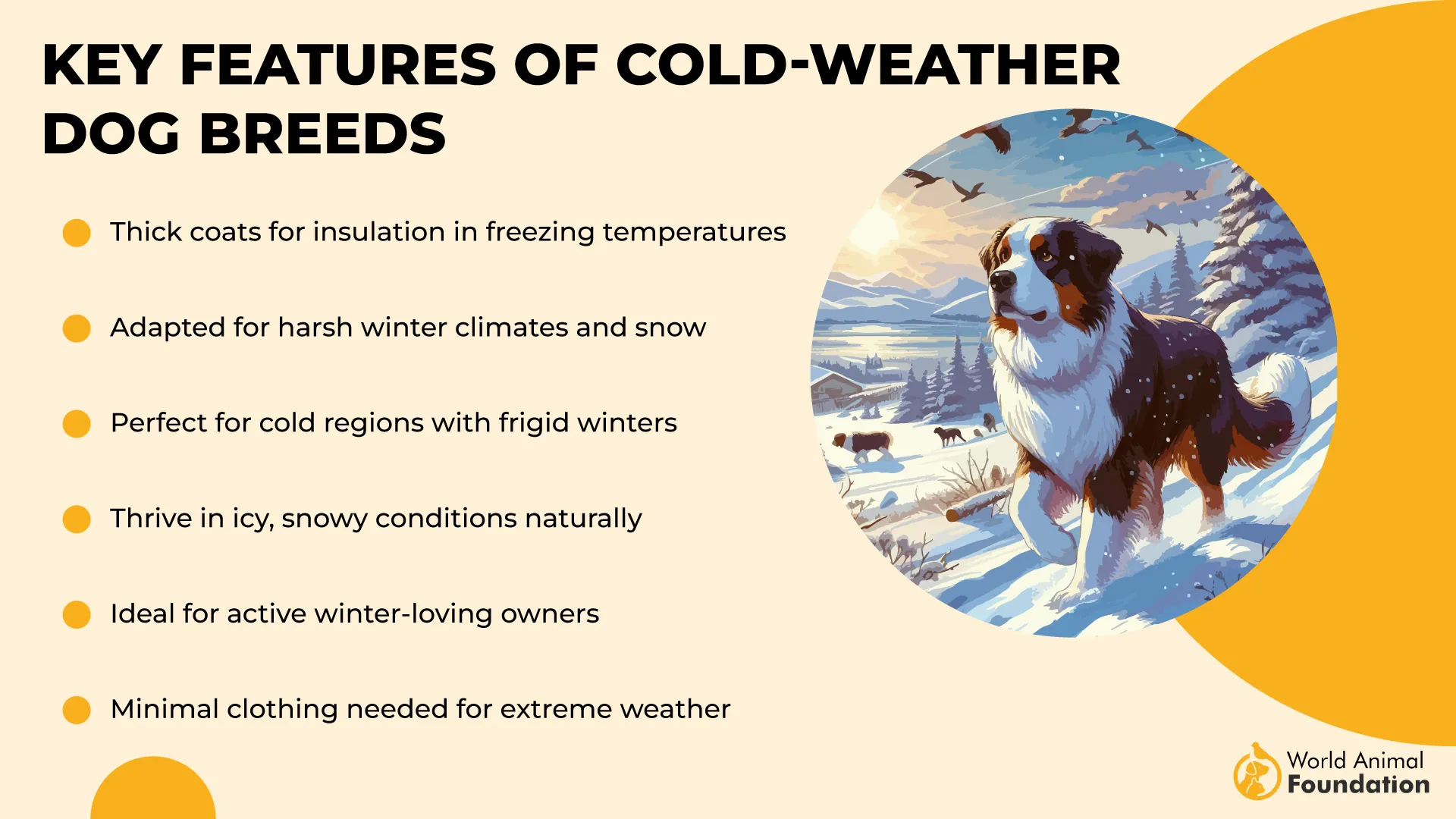
Regular brushing keeps shedding in check, and their coat naturally repels dirt — a trait that adds to their low grooming needs.
A legacy among native Korean breeds
As one of the few native Korean breeds, the Pungsan dog holds cultural significance in Korea’s northern regions. Originally bred as elite hunting dogs, they were a symbol of strength and resilience — traits that continue to define them today in the right hands.
3. Sapsali
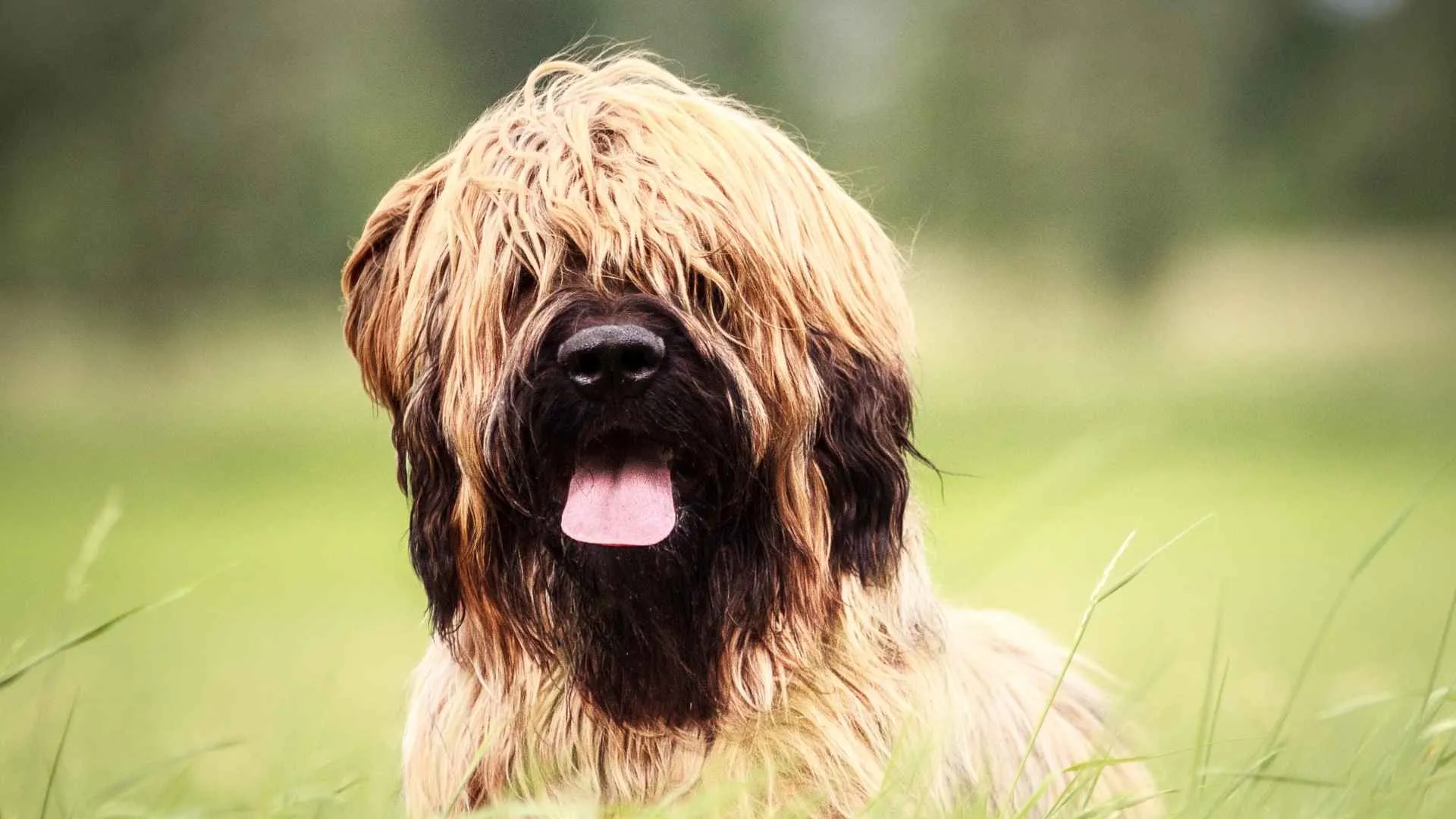
The Sapsali is an ancient Korean breed, once believed to have the ability to ward off evil spirits. Known for its long, flowing coat, the breed’s unique appearance is just the beginning.
Historically, Sapsalis were cherished by Korean royalty for their protective qualities and were even thought to bring good luck to households.
Gentle and devoted companions
Sapsalis are highly affectionate dogs, known for forming deep bonds with their families. They have a calm and gentle nature, making them excellent companions for children and elderly alike.
Despite their royal history, they are approachable and loving, preferring to be by their human’s side, offering comfort and companionship.
Active yet adaptable
Though their long coats might suggest a more sedentary lifestyle, Sapsalis are actually quite active and enjoy regular walks and playtime.
They do well in apartments or homes, as long as they get enough mental stimulation. Their intelligence makes them responsive to training, and they are generally eager to please.
Grooming needs
Sapsalis need grooming regularly. Their hair doesn’t mat easily, but regular brushing is necessary to keep it in good condition and free from tangles.
4. Donggyeongi
The Donggyeongi dog is a rare and ancient breed native to the country of Korea, historically valued for its hunting ability and role as a companion animal.
With a sleek, compact build, this breed was once used to track small game and protect homes from other animals, including wild boars. It’s known for its speed, agility, and keen hunting instincts.
Loyal to the core
The Donggyeongi is a highly loyal dog, forming a deep bond with its owner. While it is independent in nature, it is also protective and attentive, always on alert to its environment.
This makes it a fantastic companion for those looking for a dog that’s both loving and vigilant. It thrives in environments where it can feel valued and involved in family activities.
Adaptable and well-suited for rural and urban life
Originally raised as working dogs in the rural areas of Korea, Donggyeongis are quite adaptable and can live happily in both city and country settings.
Their intelligence and trainability allow them to thrive in different environments, though they do best when given plenty of exercise and stimulation.
Protective and good with other animals
This breed can be reserved with other animals, especially smaller ones, but with early socialization, they can coexist peacefully. Their protective instincts are a trait passed down from their hunting days, making them excellent watchdogs.
5. Korean Mastiff
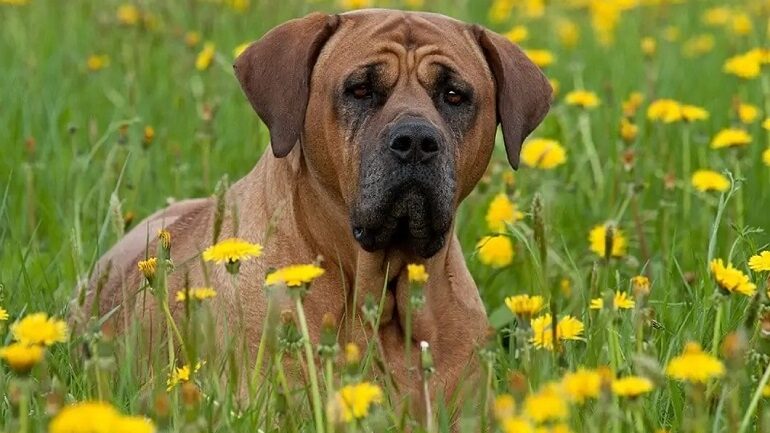
The Korean Mastiff, or Dosa, is a massive and powerful breed originally bred to protect livestock and property in the rural regions of Korea.
With a broad chest, muscular build, and protective instincts, this breed was designed to guard against predators and intruders, making it an excellent choice for anyone looking for a vigilant and strong protector.
Quiet, but alert and protective
While the Korean Mastiff is known for its imposing size, it is surprisingly calm and reserved. They are not overly vocal, but their alertness and responsiveness to threats are undeniable. They tend to bond strongly with their family and are highly protective of their loved ones, making them exceptional guard dogs.
Gentle giant with a calm demeanor
Despite their intimidating appearance, Korean Mastiffs are surprisingly gentle and affectionate with their family, including children. They have a calm demeanor that allows them to coexist peacefully within a home, as long as they are provided with clear boundaries and consistent leadership.
A low-maintenance coat, but large grooming needs
The Korean Mastiff’s short coat doesn’t require much in terms of grooming, but because of their sheer size, they do shed heavily, especially during seasonal changes.
Regular brushing helps manage this shedding and keeps their coat healthy. However, their large size means they require a lot of space and exercise to maintain their health and energy levels.
6. Guejae Gae
The Guejae Gae is a rare and ancient breed from the Gyeonggi-do region of Korea. With its striking appearance, including a distinctive curly tail and muscular build, this breed was historically prized for its hunting ability.
It’s known for its keen sense of smell, often used to track small game and birds, making it an effective companion for hunters in the past.
Loyal, yet independent
While the Guejae Gae forms a strong bond with its owners, it is known for its independent streak. Unlike other breeds that constantly seek attention, it can entertain itself and may not require constant affection.
However, with time and trust, the Guejae Gae becomes a fiercely loyal companion, willing to protect its family with an innate sense of duty.
Active, but adaptable
This breed is highly active and enjoys physical challenges, from running to problem-solving tasks. However, the Guejae Gae also adapts well to home life and enjoys being around its family in a comfortable, secure environment.
They thrive best in homes with space to roam, though they can live happily in apartments if exercised properly.
Unique in temperament and function
Though not as widely known as some other Korean breeds, the Guejae Gae stands out for its distinctive temperament. It is not overly vocal and tends to be more reserved with strangers.
Its intelligence, combined with its independent nature, can make training both challenging and rewarding.
7. Nureongi
The Nureongi is a dog deeply ingrained in Korean culture, often found in rural areas where it has historically been used as a livestock guardian and hunting companion.
With its strong build, it is well-suited for outdoor tasks. The breed is known for its loyalty and protective instincts, making it an excellent watchdog, especially in areas where it is trusted to guard the home and family.

Adaptable but needs space
While the Nureongi is a versatile breed, it thrives best in homes where it has room to roam. This dog is not content to lounge around indoors all day; it enjoys regular physical activity, whether it’s hiking or running. Its stamina and endurance make it an ideal companion for active individuals who can match its energy.
Social and protective by nature
The Nureongi has a balanced temperament — it is affectionate with its family members, but naturally protective of its territory.
Early socialization is important to prevent overprotectiveness towards strangers. This breed’s natural instincts to protect and care for its pack make it a cherished companion in rural settings.
Low-maintenance coat, high-maintenance care
With a short and dense coat, the Nureongi doesn’t require extensive grooming, but it sheds seasonally. Despite its manageable coat, the Nureongi demands a level of care and attention in terms of training and exercise. Its strong protective nature requires experienced handling to ensure it integrates smoothly into family life.
Conclusion
Korean dog breeds are more than just pets — they are living symbols of resilience, loyalty, and cultural identity. From the Korean Jindo Dog, a fiercely devoted guardian, to the gentle Sapsali, once believed to ward off evil spirits, each breed offers something uniquely Korean.
These are native breeds with histories deeply tied to the land and people of South Korea, making them both national treasures and loyal companions. While they may not be as commonly seen as other dogs in Western households, their distinct traits and captivating histories deserve global recognition.
In fact, the Jindo is even a protected breed, honored for its cultural significance. Some of these dogs, like the Nureongi, are the only dogs of their type still thriving in traditional rural roles.
Whether you’re drawn to a medium-sized dog or prefer the stature of a Dosa, Korea’s canines offer something truly unforgettable.


